Search results for "change"
-

 598News
598NewsSamsung offering exchange or refund for Galaxy Buds 3 Pro dissatisfied users
Samsung is offering an exchange or refund option for users who are dissatisfied with the quality of Galaxy Buds 3 Pro. This...
-
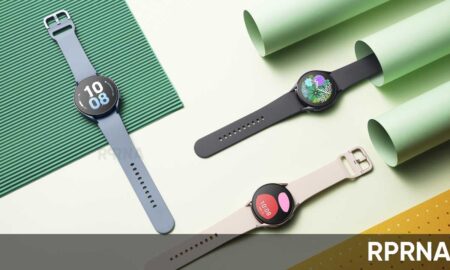
 599Wearables
599WearablesSamsung One UI 6 Watch Beta Changelog
Key Points Samsung initiated the One UI 6 Watch Beta program. The One UI 6 Watch Beta is live for the Galaxy...
-
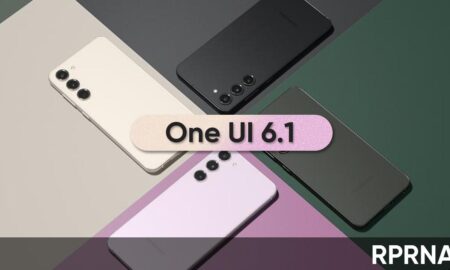
 1.7KUpdates
1.7KUpdatesSamsung One UI 6.1 with Galaxy AI is here, check every new feature here: Complete changelog
Samsung has started the rollout of the major One UI 6.1 update with Galaxy AI features. The latest offering from the South...
-
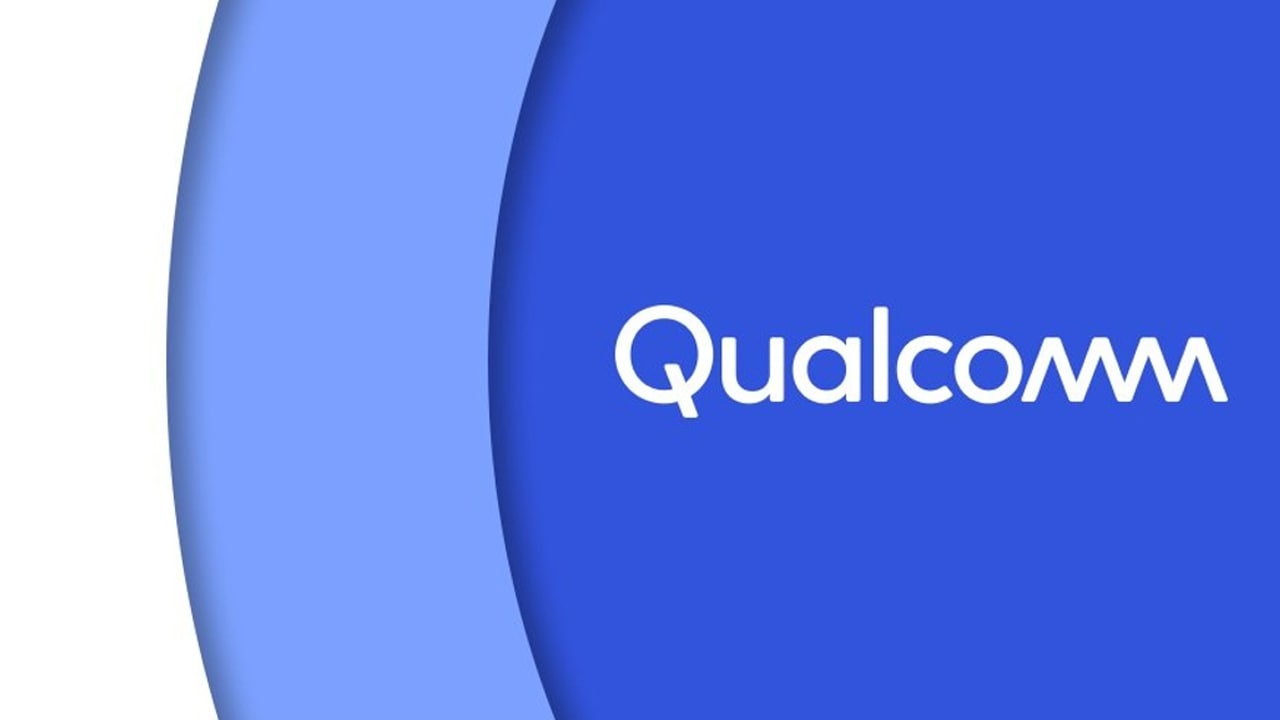
 1.6KElectronics
1.6KElectronicsQualcomm’s new Snapdragon X80 5G AI chipset with satellite communications, might be a game-changer for smartphone
Qualcomm Snapdragon X80 is here with 5G Advanced technology with increased power and new AI features. The X80 is the first 5G...
-
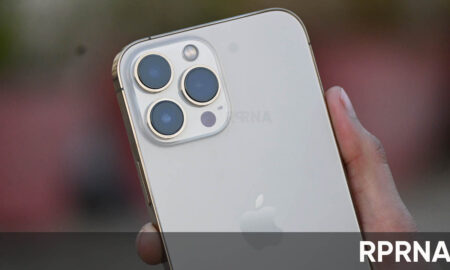
 634Phones
634PhonesApple to dash hopes of those expecting significant design changes with iPhone 16
Apple will launch its next smartphone lineup later this year and these upcoming devices are expected to come with several upgraded software...
-
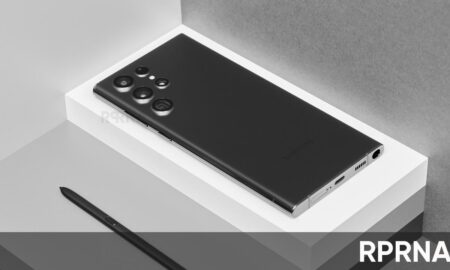
 1.3KTechnology
1.3KTechnologySamsung’s Tech Talk: Galaxy S23 widget animation | Galaxy S22 One UI 6.0 Beta 4 coming | One UI 6.0 My Files app changes
In the world of Samsung, we are here with the top 3 news related to Samsung and its phones. Let’s go one...
-

 1.6KNews
1.6KNewsSamsung Galaxy S23 One UI 6.0 new features and changes: Complete changelog
Samsung has begun the stable One UI 6.0 rollout for the Galaxy S23 series. The latest major update brings all the Android...
-
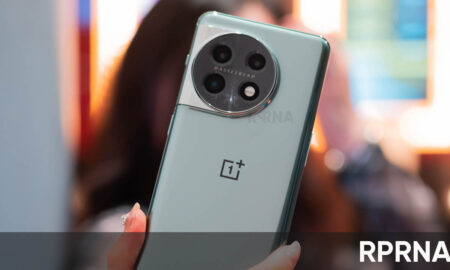
 769News
769NewsOxygenOS 14 open beta 3 for OnePlus 11 flaunts most-requested changes
OnePlus 11 smartphone users are giving their feedback on what changes the company should implement on OxygenOS 14 beta versions. And it...
-

 537Apps
537AppsGoogle Gboard makes it easier to change skin tone and gender of emojis
Customizing emojis to reflect your individuality is now easier than ever with Google Gboard, as the new feature allows you to change...
-
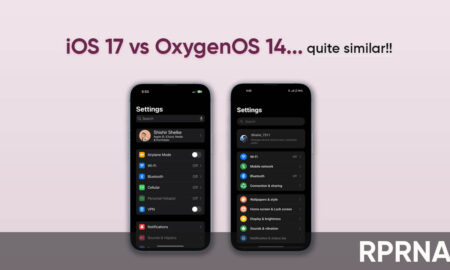
 909News
909NewsOnePlus OxygenOS 14 inches closer to iOS family with similar UI changes
OxygenOS 14 has already muggled up Apple’s Dynamic Island but it looks like OnePlus won’t stop here and continue to steal some...
